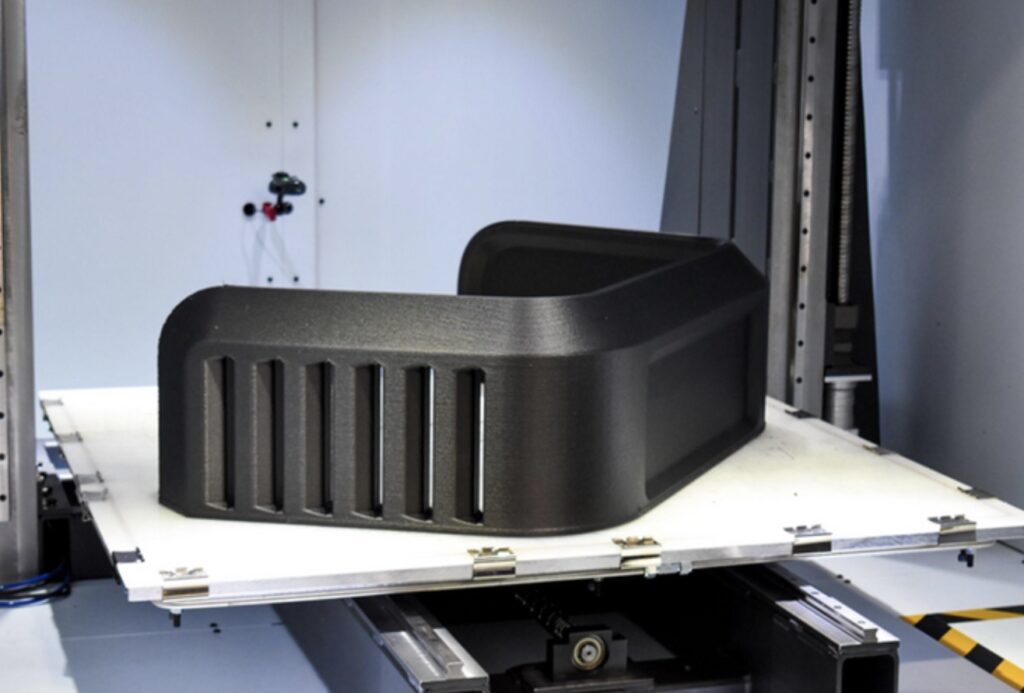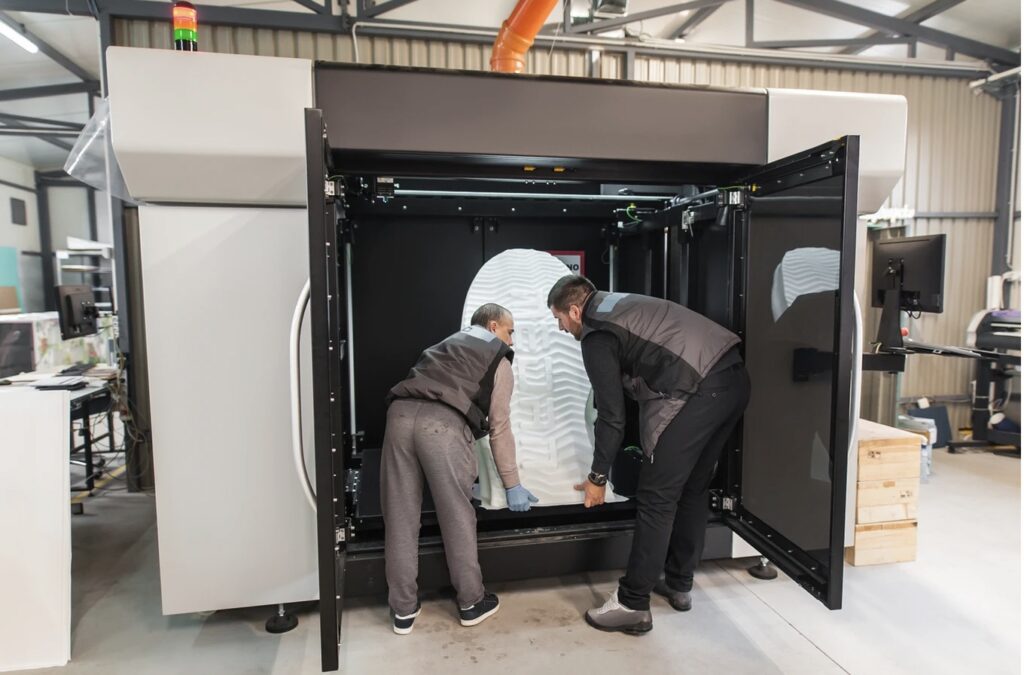With $14 billion in revenues, Brazil’s Braskem is the largest petrochemical company in Latin America and the largest polyolefins producer in the Americas, particularly polypropylene (PP). The giant has taken some important steps in 3D printing, so far establishing an e-commerce offering and buying nylon 3D printing pioneer Taulman3D. The company has released PP, EVA and PP/PE filaments and pellets, including such novel products as a sugarcane derived 94 Shore A EVA material and FL600R, which is in part made of bottlecaps. Braskem also developed a powder bed fusion material together with ALM. In a previous interview, we learned that the company was relying on new sustainable materials, quality, and its established work in PE and PP to succeed.
Now, Oxygea, Braskem´s sustainability startup accelerator, has spun out these activities into a new company, Xtellar. Xtellar is meant to bring new 3D printing filaments, pellets and powders to market. The company specifically wants to look at PETG, Polyamide, bio-based materials and recycled polymers as well as PP And PE.
“We are excited for this next chapter in our additive manufacturing business. Since 2020, we have seen exponential growth and the rapid evolution of our portfolio. Xtellar combines Braskem’s 3D materials division, which started with a small portfolio of specialized polypropylene (PP), Bio-Based, and Recycled formulations and taulman3D, which was recently acquired in 2022, adding nylon, recycled PETG, and PETG to our portfolio. With projections for the 3D printing industry expected to grow to over $70 billion by 2030 – growing at an estimated 20% CAGR – we believe this new structure will allow us enhanced opportunities to serve this fast-growing demand. We look forward to partnering with our clients and other organizations to forge breakthrough collaborations and bring innovation to life,” said Xtellar CEO Jason Vagnozzi.
“We see great disruptive potential in Xtellar, as it is a business that has a transformative profile for the future of sustainability. This investment is part of our goal of promoting new solutions to the market, accompanying and helping to develop new products that are in line with the ESG agenda. Thus, we believe that investment in Xtellar’s product also adds value to several industries by offering additive manufacturing, something that is increasingly rooted in global supply chains,” Oxygea CEO Artur Faria stated.
As corporate ventures go, this is probably a very wise thing to do. Xteller can still rely on Braskem´s huge volume and deep R&D in materials to make its own products while it also pushes Braskem resin in the market. Meanwhile, the more agile, quick, and focused unit should be able to develop more additive manufacturing (AM) expertise and better develop the market. Some corporate attempts to enter the 3D printing market have been laughably aloof. And several ventures have put some distance between the corporate and the client. If you don’t know what is going on in the market, the issues that customers are facing, and the relevant applications, you simply will not make the right materials. You’ll also not really understand what drives the market and what base needs are in the space.
Such fool-hardy attempts may make you miss the mark time and time again. What we’ve seen, as well, is that new firms without market understanding struggle to find key applications and make materials that suit them. They then resort to chasing the same few known applications that everyone else is. This is a key issue that we look at more deeply in our Tip of the Iceberg Problem post.
Often major petrochemical firms are too focused on pushing their own product families and pellets without regard for if they are optimal. Another issue is that, while insanely profitable, the venture often has no meaningful impact on the bottom line for the larger firm. This can lead to a lack of attention from corporate for the venture.
With all of this in mind, the Xtellar spin-off seems like a smart play. I also really like the focus on pellets, which will grow quickly as part sizes in that segment make for a lot of material being used. The number of applications in large- and medium -format is growing rapidly as well, so this seems like a sensible area to pay attention to.
Subscribe to Our Email Newsletter
Stay up-to-date on all the latest news from the 3D printing industry and receive information and offers from third party vendors.
You May Also Like
Gorilla Sports GE’s First 3D Printed Titanium Cast
How do you help a gorilla with a broken arm? Sounds like the start of a bad joke a zookeeper might tell, but it’s an actual dilemma recently faced by...
Nylon 3D Printed Parts Made More Functional with Coatings & Colors
Parts 3D printed from polyamide (PA, Nylon) 12 using powder bed fusion (PBF) are a mainstay in the additive manufacturing (AM) industry. While post-finishing processes have improved the porosity of...
$25M to Back Sintavia’s Largest Expansion of Metal 3D Printing Capacity Since 2019
Sintavia, the digital manufacturing company specializing in mission-critical parts for strategic sectors, announced a $25 million investment to increase its production capacity, the largest expansion to its operations since 2019....
Velo3D Initiates Public Offering in a Bid to Strengthen Financial Foundations and Drive Future Growth
Velo3D (NYSE: VLD) has been among a number of publicly traded 3D printing firms that have attempted to weather the current macroeconomic climate. After posting a challenging financial report for 2023,...


































